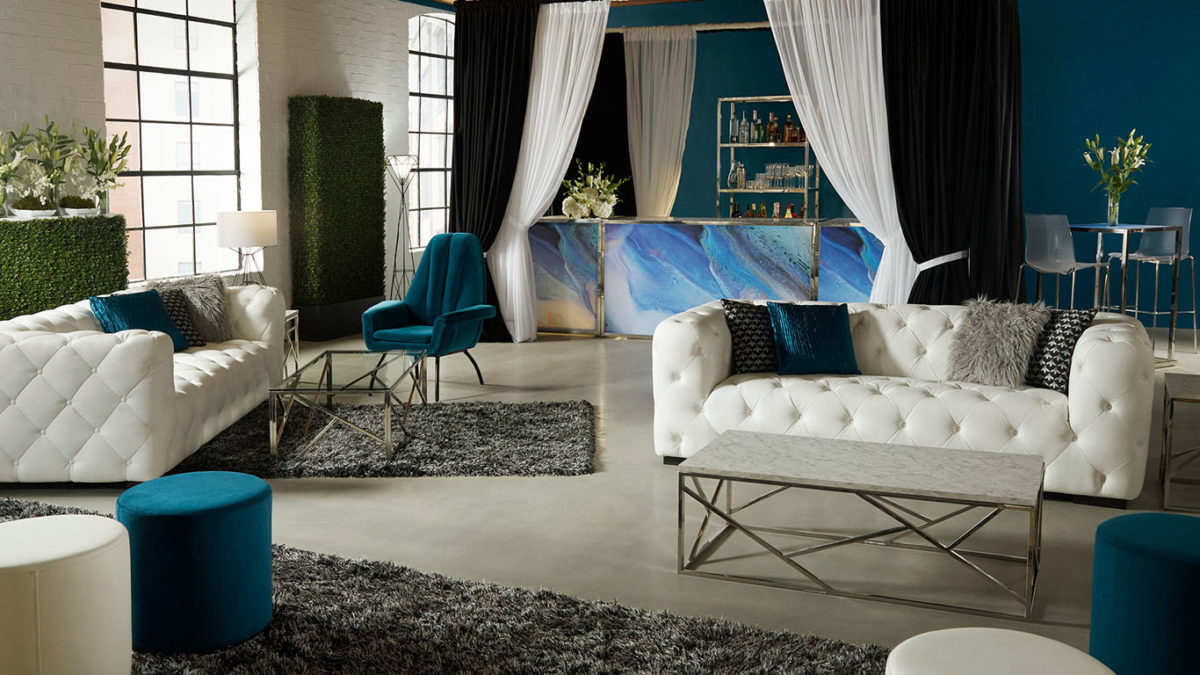As we look to 2021 and beyond, it’s becoming apparent that hybrid events are more than just an interim passing phase; they’re going to be a part of our lives for a while. And in order to properly execute them, we need to understand them a little better in an overall sense. Post-COVID events will look different in the near future, and it’s a pretty good likelihood that the face of events may be changed forever. However, this isn’t necessarily a negative thing — if we look at the future of hybrid and how to best harness it, we can use it to our advantage. Understanding our virtual markets can sometimes bring us closer to our clientele, not farther apart. Read on to learn about some tips that can make planning for the future of hybrid events a lot easier.
Will Hybrid Be the Future?
It’s too soon to tell whether hybrid events will be the mainstay as we move forward with event planning. While the safest choice, virtual events seem a bit too impersonal, and large, in-person events still don’t seem like the safest option. However, events still need to occur, and it’s going to be one of these three choices. For now, hybrid events make the most sense for all involved. The high demand for virtual combined with the changing landscape makes this an easy, flexible option. A July 2020 survey conducted by etc. venues, which has venue space both in New York City and in the UK, found that 95% of those who responded to its survey planned to hold a hybrid event before the doors closed in 2020. When this same group was polled a month earlier, only 73% had planned to go the way of hybrid.
Determine the KPI
Even though on paper hybrid looks like the best choice, before you make any firm decisions, you must always consider the key performance indicators (KPIs). Just like in our pre-COVID world, the process and steps you’re about to take will be similar.
Importance of Pre-Planning in Hybrid
When it comes to planning hybrid events, you need a clear KPI to move forward. This is because you’re dealing with events in a post-COVID world. Things could change. You might have to shift to virtual-only. You may have to be completely flexible and adjust everything last-minute. Have clear objectives and purposes when it comes to the virtual side of your event. If these are feasible and sensible, move forward. But if you can’t make the virtual side of your event make sense, you may want to take a pause.
Why Go Hybrid?
If your KPIs are urging you in the virtual direction, there are a few reasons to go hybrid for events. A major reason is the fact that you can potentially reach a wider audience — provided that you can engage them, which we’ll cover in a minute. Think about how many people you can reach that wouldn’t be able to typically fly out to your event to attend it in-person. If your presentation is engaging and useful enough to be a hybrid platform and have this type of reach, this answers your question.
Who’s in Charge of the Virtual Aspect?
You may not want Joe from marketing overseeing the virtual side of the event even though he’s “really great with the overhead.” For a large-scale, hybrid event, you want zero snafus, and you will likely need more than one person on the virtual end of things. In fact, you’ll probably need a team assembled, with a lead/manager of just the virtual side, venue liaison, speaker and A/V, and so on. You’ve likely heard too many Zoom horror stories at this point, so you absolutely must have a team.
Pretend You’re the Virtual Audience
If you’ve ever taken a (boring) online class or signed up for a webinar you wish you hadn’t, then you already know that being stuck in a virtual space where you feel trapped is absolutely no fun. Next, put yourself in the place of your meeting attendees and start planning about how you’re going to cater to your in-person attendees and your virtual ones, because this is imperative.
Virtual Attendee vs. In-person Attendee
While the same presentation is going out to both audiences, they are receiving it in two very different ways. The best thing to keep in mind is virtual attendees tend to equal short attention spans. Your in-person attendees may also have a short attention span as well, but it’s much easier to alt+tab at home over to Facebook than it is to fiddle with one’s phone in public and get disapproving looks from fellow attendees. The first thing to remember is that the type of venue you choose is still as important as it ever was, and you want to secure one with the most robust Wi-Fi there is.
Have Presenters Onsite
One of the worst mistakes you can make for a hybrid event is to have your main presenter (or any presenter) on a Zoom or similar platform. If they drop out, or even worse, make that awful “pang” sound, your whole audience is now lost. You and your presenters need to be live and in the venue and broadcast separately via a different feed. No Zoom for presenters — ever. This is also part of why you need top-of-the-line tech at your venue.
Quality Tech
Invest in the best cameras and microphones for yourself and for presenters so that they can be heard and heard well. You also want to ensure that your company has onsite technical support for those who are having trouble connecting. Remember that not everyone joining by livestream may have caught on to livestreaming just yet and they may need help. Have help available.
Keep it Short
A large, in-person event would likely have a cocktail hour and a Q&A session after, but that’s likely not going to be on the table right now. That doesn’t mean that you can’t offer Q&A via video conference after the presentation, or other “get to know you” sessions. This is your time to shine and think outside the box. And, just like you didn’t want to ignore your virtual guests during the presentation, make sure you don’t ignore your in-person guests after. Good team planning is a must for this before-and-after sequencing.
What About Venues?
As previously mentioned, unlike virtual-only events, hybrid events still need your considerations, but in a different way. You need to evaluate each event venue on a different, case-by-case basis, keeping different things in mind.
A Hybrid Event Still Needs a Venue
You’re not a gamer on YouTube most likely, so an important thing to consider is that a hybrid event still needs a venue. You will have in-person attendees as well as virtual attendees, so, unfortunately, instead of less to consider, there’s more to think about. Provided you can maintain a personal connection with your virtual audience via your tech team and the quality of your presenters, you can rest easy a bit. As you’re choosing your venue, think about its space, and how you plan to broadcast to your virtual audience, keeping in mind that your presenters are not preparing to Zoom, but instead are going to broadcast via a different stream to your clients.
The Venue Needs State-of-the-Art Tech
This is something you need to plan with our team well before the event during the pre-planning phases. By now, any event venue that’s willing to hold its weight in a post-COVID world should be stacked with VR and AR features, should you request them, as well as top-of-the-line sound systems. Your venue should also allow you ample time to come in, set up, and test the system well in advance of the event — not an hour before. This way, if there are technical problems you can work them out before your in-person and virtual guests check-in. You should also concentrate on a contactless check-in for both in-person and virtual guests. In-person guests can easily use a kiosk set up at the venue, with tech support on-site if they run into problems. And check-in for virtual guests should be a no-brainer, but tech support should definitely be at their disposal as well
Keeping Up With CDC Guidance for Events
For the foreseeable future, it’s going to be part of your job to know what the Centers for Disease Control (CDC) guidelines are, and to enforce them. This is another important piece when it comes to health and safety — if a venue is not on board with these guidelines, even if they meet all of your other criteria, it’s time to keep looking. While some CDC criteria change often, generally speaking, you want to keep a 6-foot distance in mind, hand sanitizer stations, temperature checks, and even contact tracing options for the utmost of safety. CDC COVID-19 guidance for events is important and should also help inform you as you plan your design and layout. Furniture and event rental can be exceedingly helpful because they can help you realize your vision while also maintaining social distancing guidelines.
CORT event rental understands the demands of these challenging times, and we’re here to help make your hybrid event a flawless one. CORT Events is here to help and offer more information about how we can help outfit your next event with furniture, decor, a personal assistant, and more.





